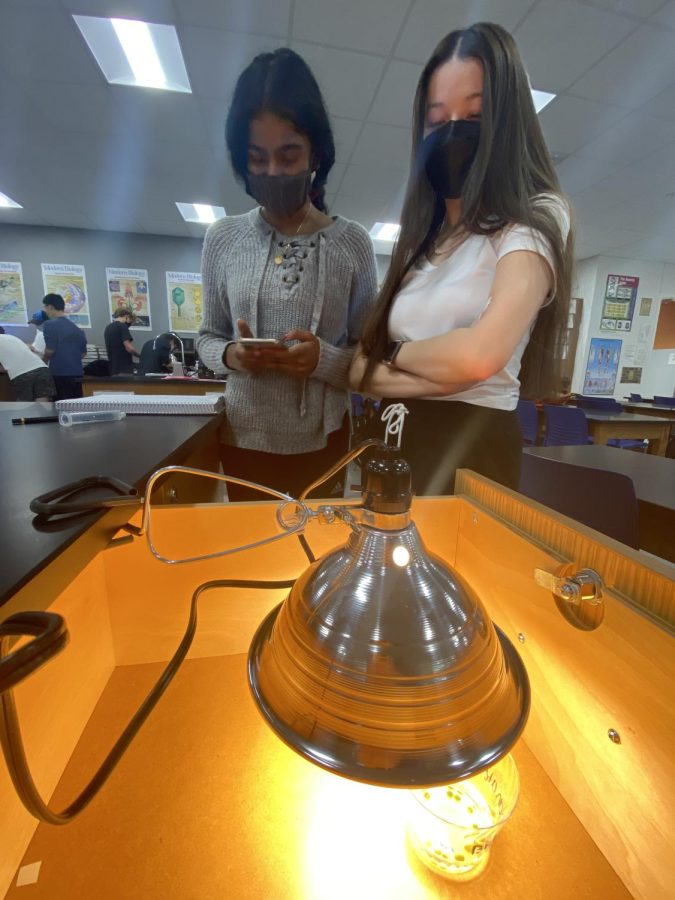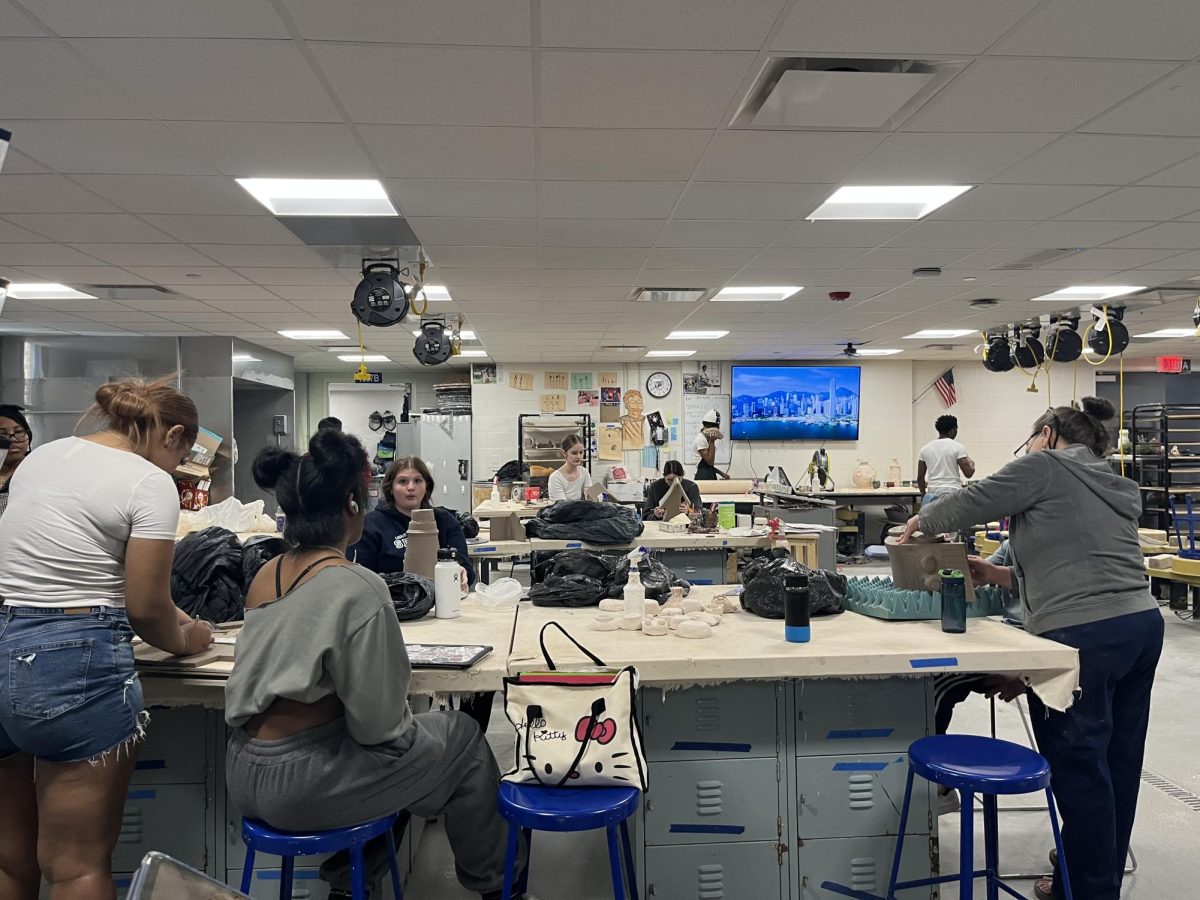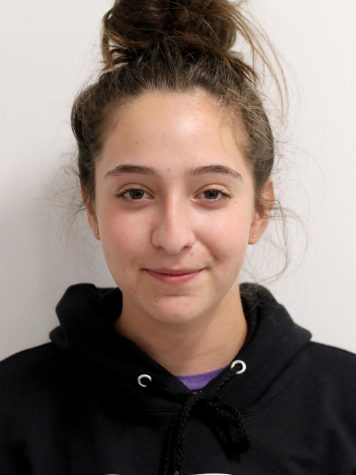When some think of science, they may think of hard, tedious or even boring assignments, but Ladue’s AP Biology class proves that to be false. This can be seen with the excitement that comes from Adam Durham’s W2 AP Biology class as they prepare to conduct an experiment using spinach leaves, sodium bicarbonate and different colored light bulbs.
Students Hansika Sakshi and Maromi Sakurai-Kearns begin to set up their experiment. They make sure to have fun with what they do because they believe that makes learning more fun and attainable, especially when it comes to taking such a hard course.
“Ow, you just touched my head,” Sakurai-Kearns said. “Why would you do that?”
The two lab partners joke with each other. As Sakurai-Kearns sets up the lightbulb in preparation for the lab, she ‘accidentally’ turns it on, pointing it straight into Sakshi’s eyes.
“The light makes my eyes hurt,” Sakshi said. “I can see spots now.”
The two giggle it off and they begin to start the experiment. It takes a lot of focus, dedication and diligence to make sure the data is correct — three traits Sakurai-Kearns and Sakshi fail to lack.
“Any floaters yet?” Durham asks the class.
Sakurai-Kearns and Sakshi check the bits of spinach leaves they have. They are still in the early process of the experiment, so there aren’t any “floaters” yet — all of the spinach pieces are still at the bottom of the cups.
“It’s still zero,” Sakurai-Kearns said as she checked to see how many were floating. “Durham said it normally takes a while, but I’m just impatient.”
The students must count to see how many spinach pieces are floating and how many are still sinking every minute for 12 minutes. At the eight-minute mark, Sakshi goes to check how many spinach parts are floating. She exclaims as notices a change in the experiment.
“We got one,” Sakshi said. “The sodium bicarbonate spinach floated.”
While for Sakshi this was an exciting moment, Sakurai-Kearns was hoping for more “floaters.” The giggles the two lab partners shared moments earlier turned to merely tears.
“There’s only one floating,” Sakurai-Kearns said. “I guess it’s okay because we still have a few more minutes to get some more floaters.”
Thanks to the two student’s diligent work, they were able to find success in their lab, making it up to six “floaters.” Both students were proud of the data they collected and the work they accomplished in class.
“Science can be hard but it’s about learning and making good memories,” Sakshi said. “I definitely learned a lot today and I had fun.”
Sakurai-Kearns even had, what she referred to as an “epiphany” in class after discussing their lab results with Durham, a teacher who she says has inspired her to learn and work hard in class.










